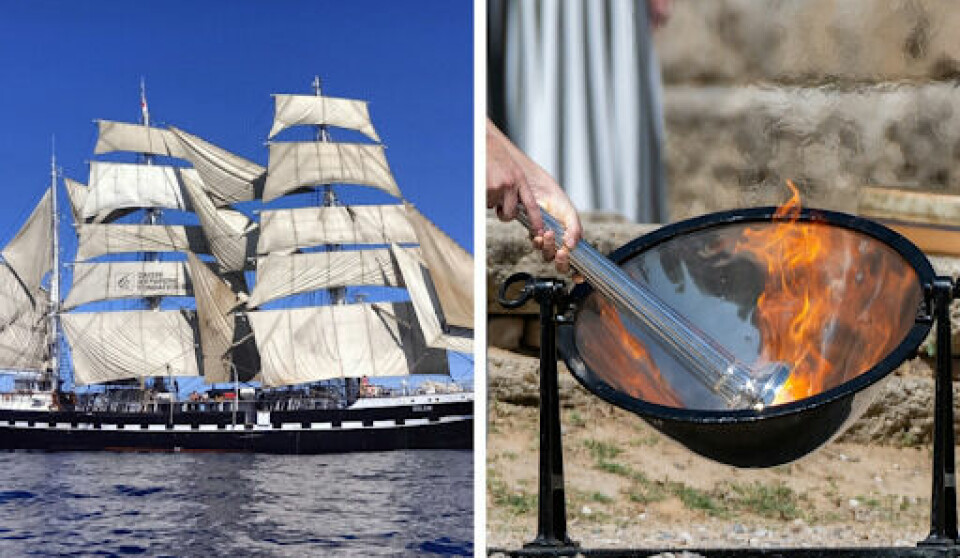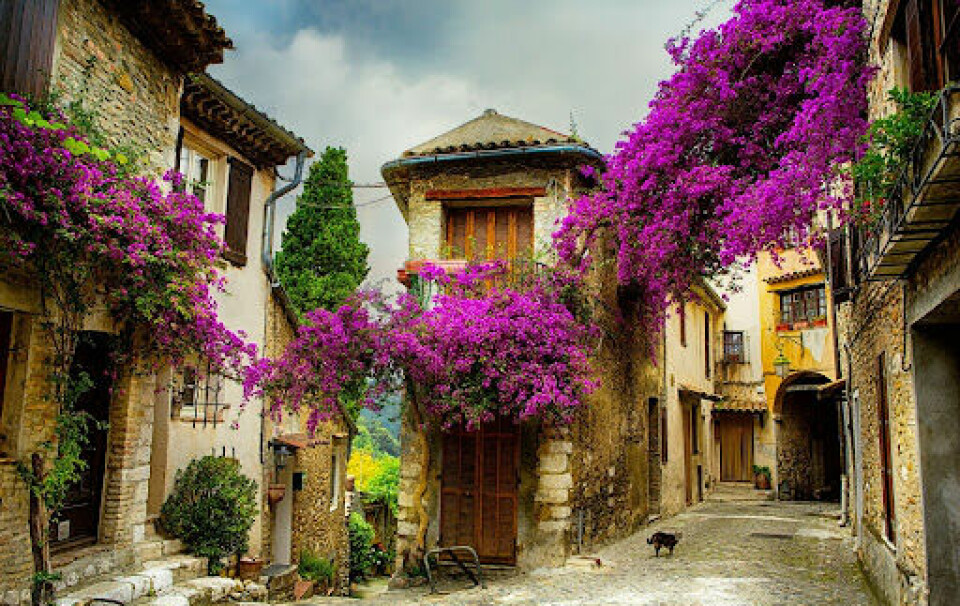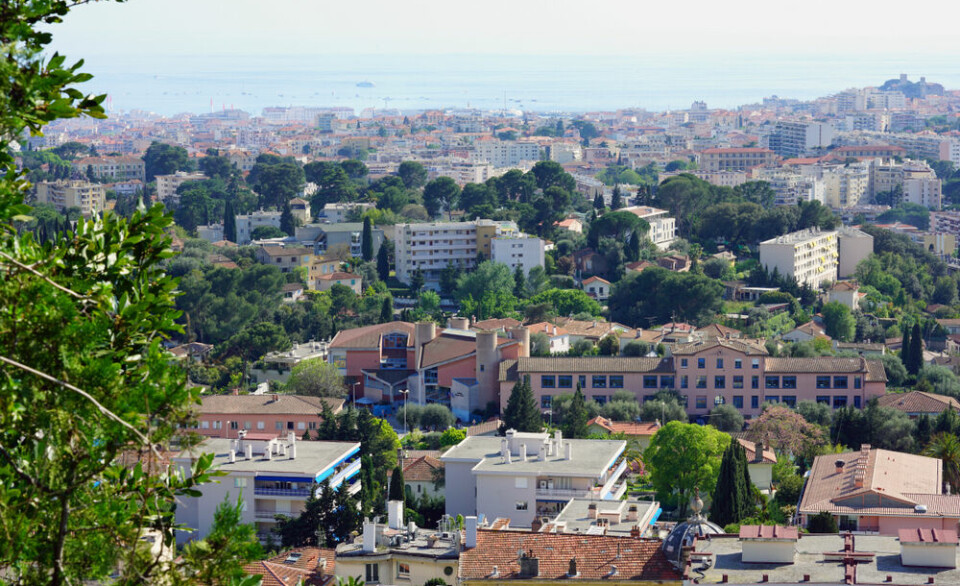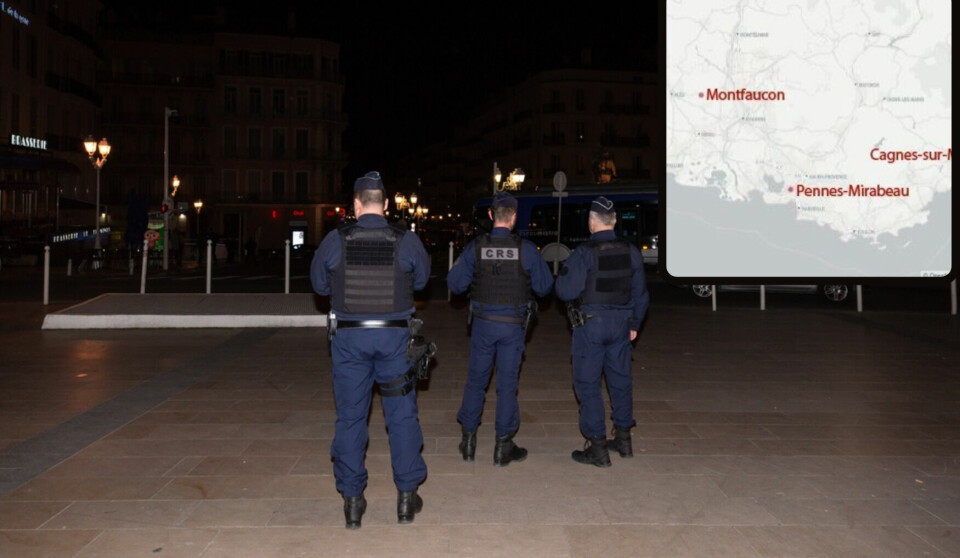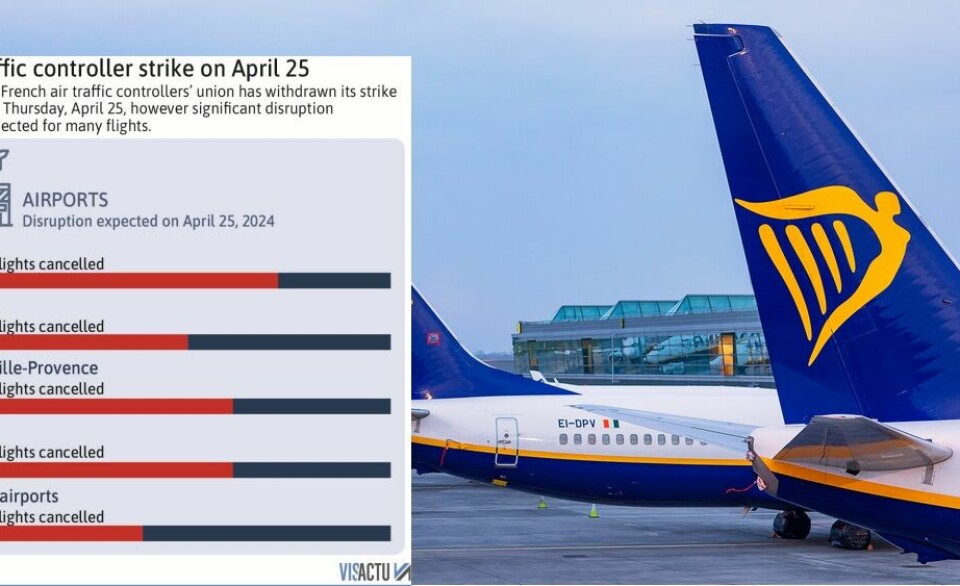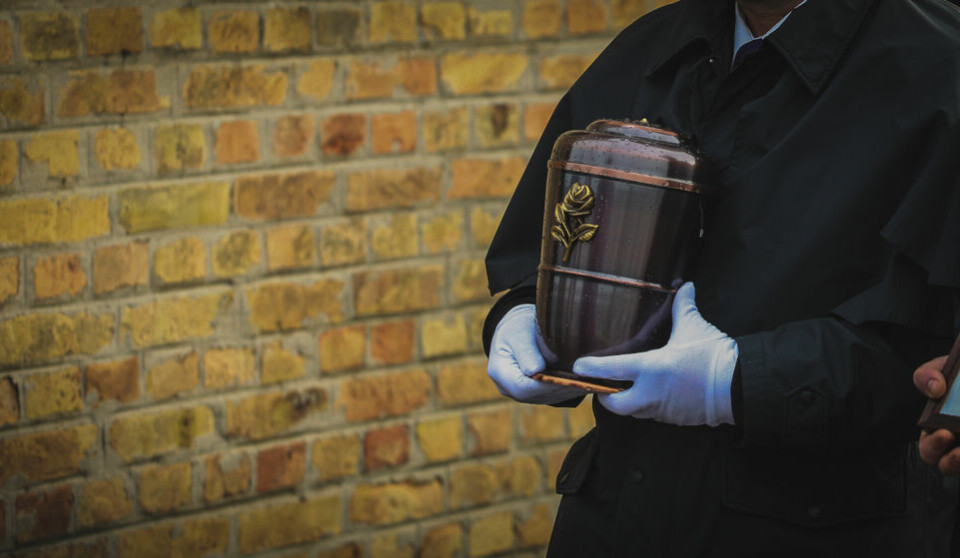-
Meet France's great garden acrobat
With its bright yellow and blue plumage, the Eurasian blue tit is easy to spot in the garden.
-
Petit lapin, coup du lapin: 6 commonly used French rabbit expressions
A potential new penalty for missing a doctor’s appointment has also been nicknamed la taxe lapin - we explain why
-
Full tour of Carcassone’s medieval ramparts to open for the first time
Visitors will be allowed to walk all three kilometres of its historic walls from September
Did you know? Le Figaro is named after opera man
The names of most newspapers relate to a geographical region, a time of day or have some relevance to giving out the news of the moment. An exception is France’s oldest national daily and one of the top selling papers, Le Figaro , which takes its name from literature.

It is called after the leading character in The Marriage of Figaro, a play written by Pierre Beaumarchais and first performed in 1784 and then turned into an opera with music by Mozart in 1786. It was a sequel to a first play, which also featured Figaro, The Barber of Seville.
Beaumarchais was a fierce critic of the Ancien Régime and his play denounces aristocratic privilege, particularly when Figaro, a servant, tells a count who he fears is going to take his wife as a lover, that his life is much harder than his and that “I, lost among the obscure crowd, have had to deploy more knowledge, more calculation and skill merely to survive than has sufficed to rule all the provinces of Spain for a century!”
The play was originally set in France, but Beaumarchais changed it to Spain to please King Louis XVI who had been so shocked by a first reading that he at first refused to allow it to be staged.
It was this spirit of rebellion, shortly before the French Revolution that attracted two young men, Etienne Arago and Maurice Alhoy to use the name Le Figaro for their new, weekly, satirical newspaper. They also took as their motto a quotation from the Marriage of Figaro: “Sans la liberté de blâmer, il n’est point d’éloge flatteur” (“Without the freedom to criticise, there is no true praise”), which still appears on the front page of the paper.
The newspaper was founded in 1826 and its political and literary leanings meant that its beginnings were chaotic and it changed owners several times; three times in the first eighteen months. But in 1866 it became a daily paper and its contributors were some of France’s greatest writers, including Alphonse Daudet and Emile Zola.
By the beginning of the Second World War, the Figaro had become France’s leading newspaper. It still sells slightly more than the other serious national newspaper, Le Monde. In 2017 its circulation was just above 300,000 whilst Le Monde was just under that figure.
Le Figaro is regarded as a centre-right paper appealing to well paid, educated readers, and Le Monde as leaning to the left and the newspaper which is most read outside of France.



